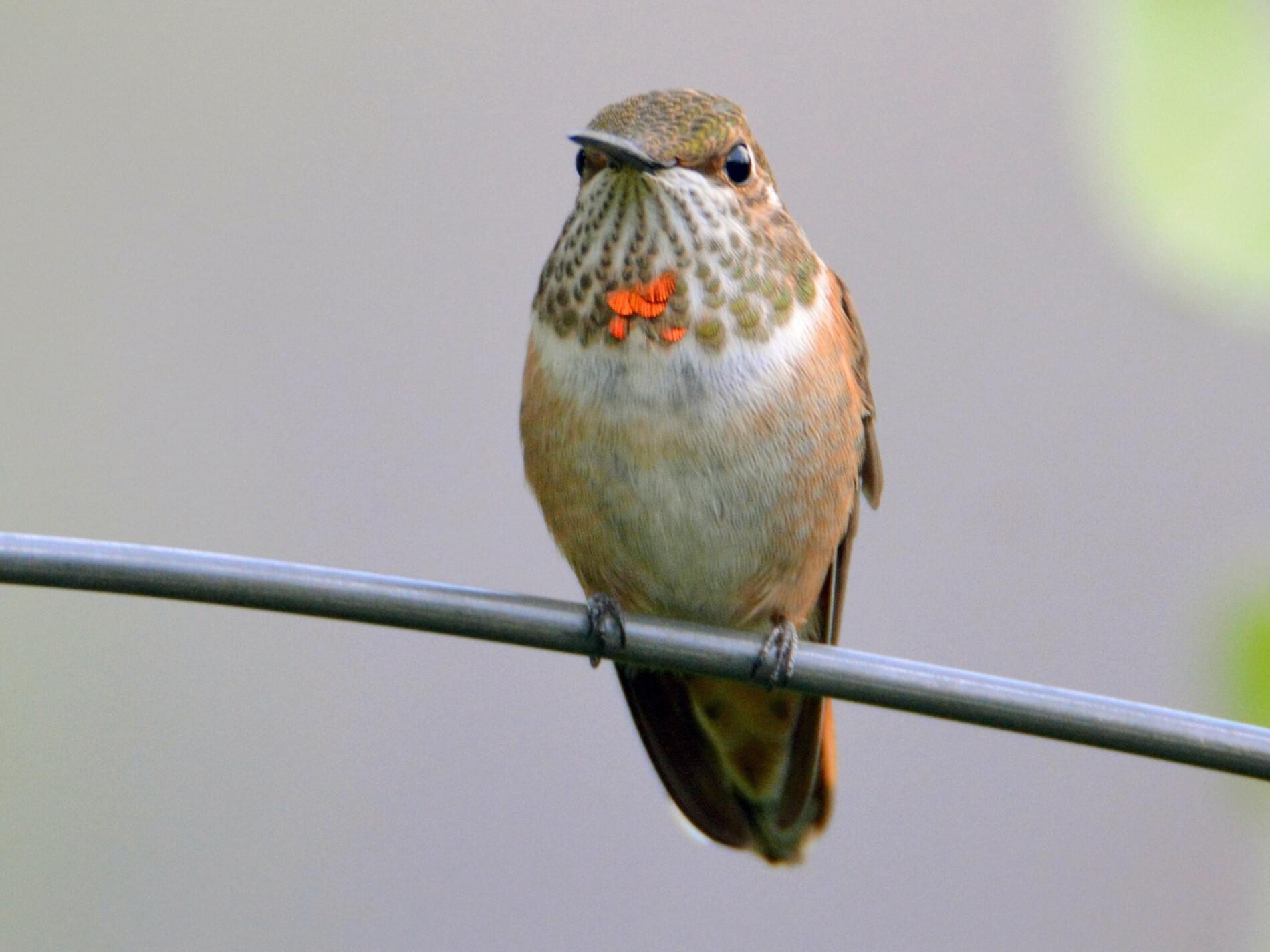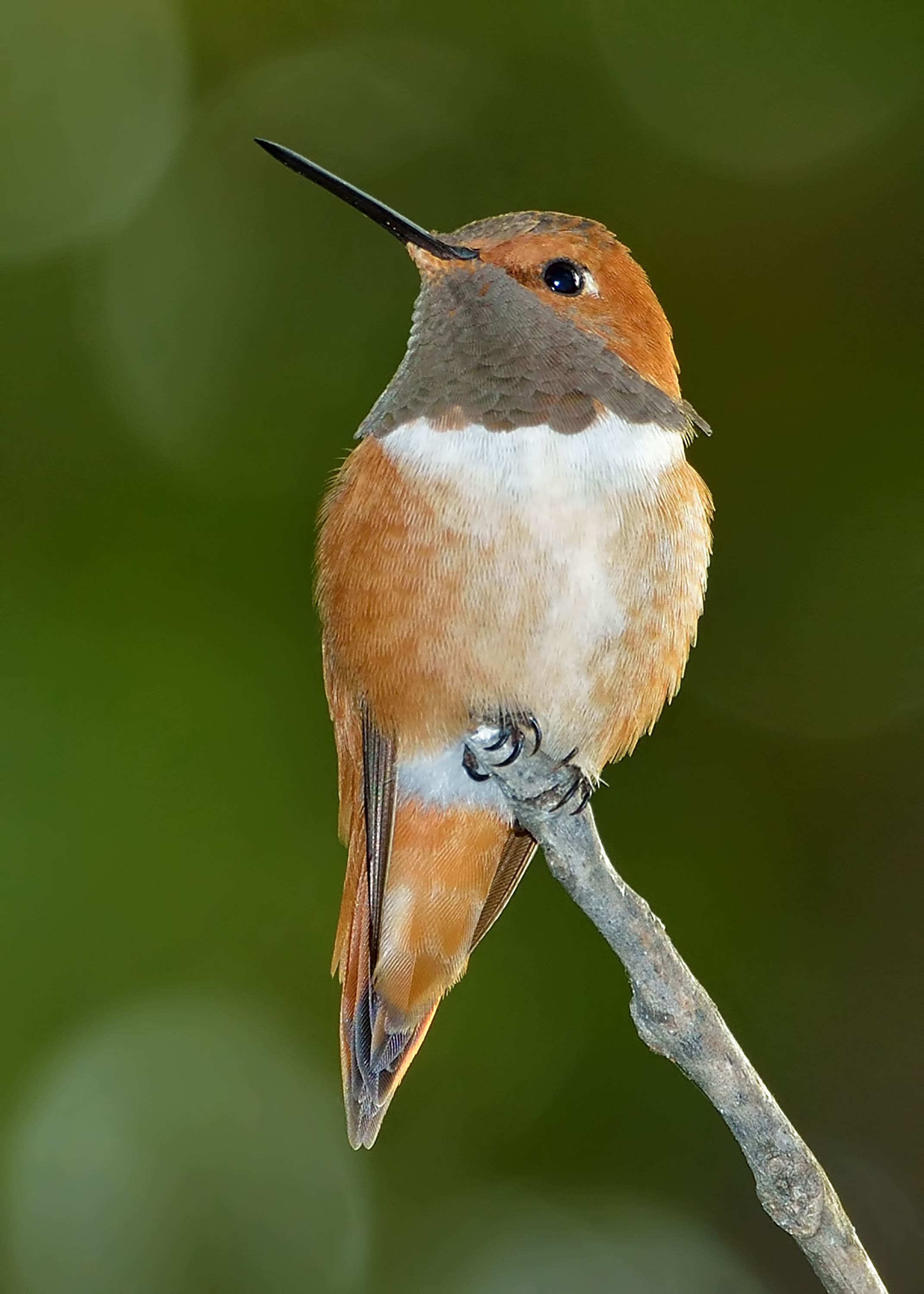

If you choose to correspond with us through email, we may retain the content of your email messages together with your email address and our responses. We may request that you voluntarily supply us with personal information, including your email address, postal address, home or work telephone number and other personal information for such purposes as correspondence, placing an order, requesting an estimate, or participating in online surveys.

Female Rufous Hummingbirds can be more difficult to identify since they are not quite as alarmingly bright.
#Rufous hummingbird zip
Since most hummingbirds appear green at first glance, this bright and shiny coloration makes male Rufous Hummingbirds easy to spot as they zip by from one place to the next.
#Rufous hummingbird Patch
They have a patch of iridescent feathers called a gorget on their throat, which usually appears bright red.

Male Rufous Hummingbirds are the only hummingbirds found in the United States with an entirely orange-colored back. Their territorial antics can be enjoyable to watch, especially if a Rufous Hummingbird stakes its claim to your hummingbird feeders! Despite their small size, Rufous Hummingbirds are particularly territorial, and they are known to aggressively defend their food sources by chasing away other visitors. The Rufous Hummingbird is a tiny hummingbird that is very agile in flight, even when compared to other hummingbirds. W.Profile by Aidan Healey: Hummingbirds are generally known for being quick and energetic fliers, but the Rufous Hummingbird just may be the zippiest of them all.

But the Rufous has a propensity for wandering far from its normal route, and isolated individuals can be found during winter all through the Southeastern United States, especially along the Gulf Coast. In its normal range, it can nest as far north as southern Alaska, and overwinters in Mexico. This tiny visitor is a Rufous Hummingbird, a cold-hardy Western species that wanders in small numbers into North Carolina every winter. Even at 24 degrees, the nectar in the feeder is not completely frozen, so the hummingbird settles on the feeder and begins to drink an icy morning breakfast of nectar slush. On a cold, windy morning in December, in the North Carolina Piedmont, with the temperature holding at 24 F., a tiny hummingbird hovers over a nectar feeder.


 0 kommentar(er)
0 kommentar(er)
